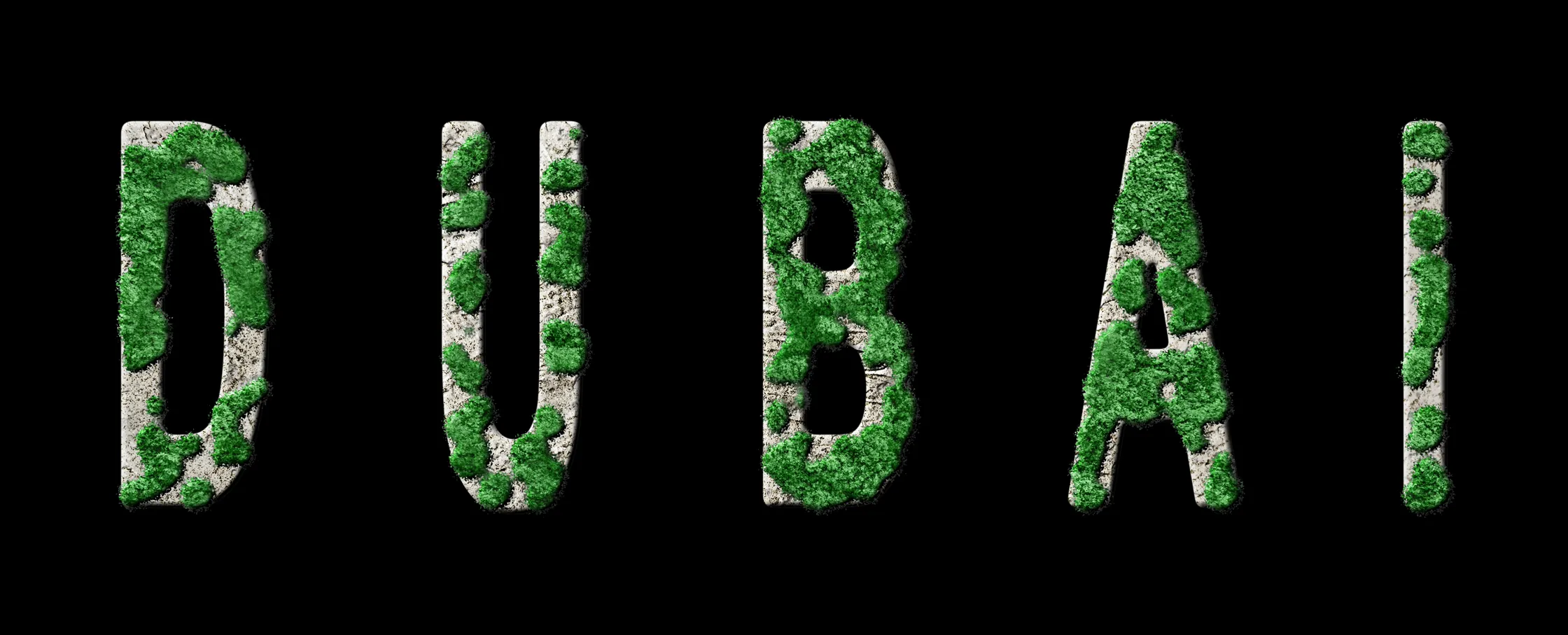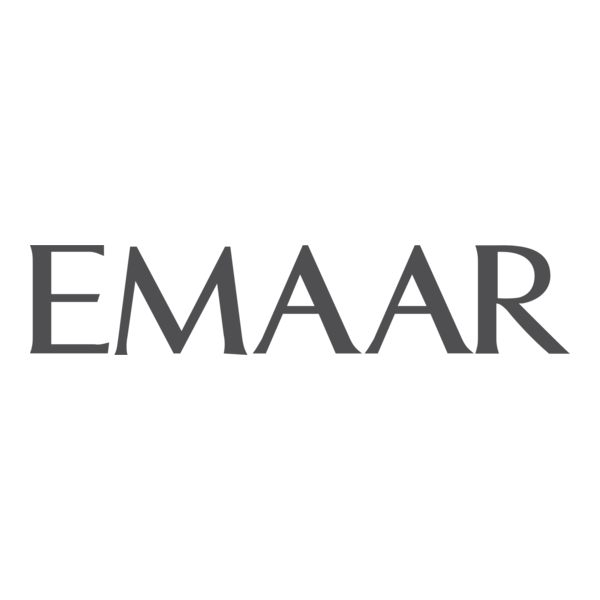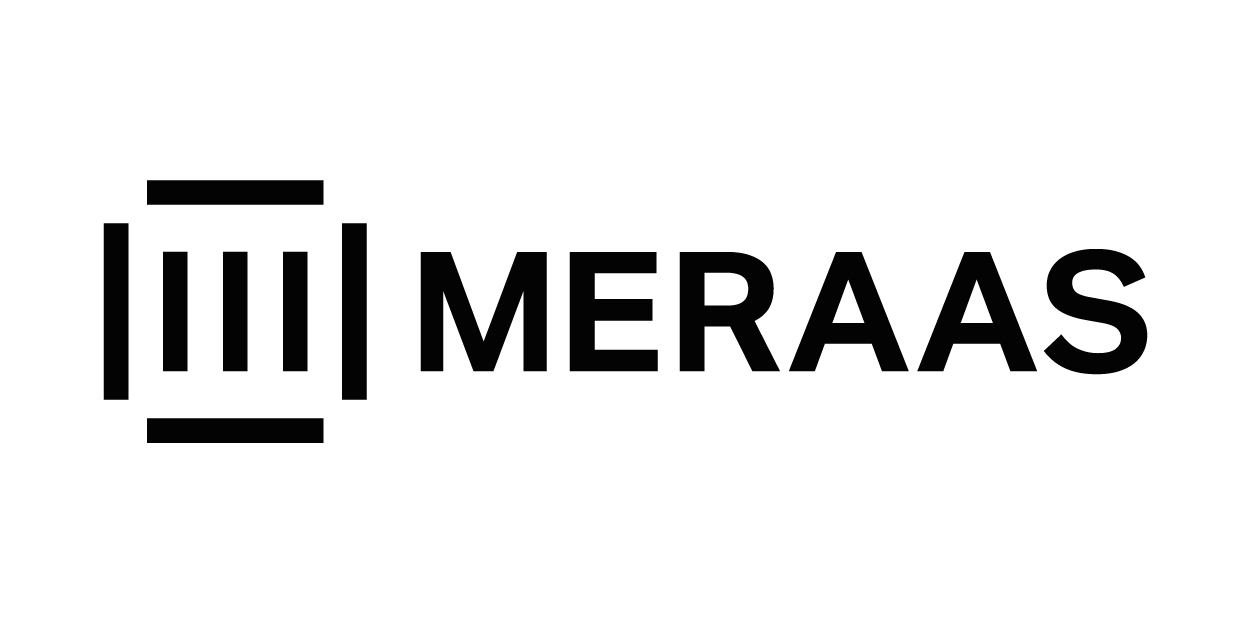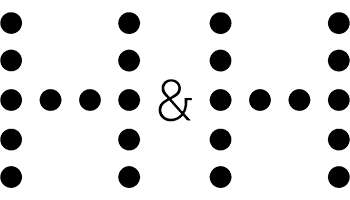Green Community Villas (2025 Prices & Sustainable Living)

Green Community Villas: Dubai's Vision for a Greener Future
Sustainability is now a central tenet of Dubai's urban development, significantly influencing communities like Green Community. The emirate's strategic vision, guided by policies such as the Dubai Clean Energy Strategy 2050 and the Dubai 2040 Urban Master Plan, sets ambitious goals for a greener future. The 2050 strategy aims for 75% clean energy by 2050, solidifying Dubai's commitment to a minimal carbon footprint.
This vision underpins the development of sustainable residential areas, including desirable Green Community villas. These efforts drive innovation in construction and encourage a collective move towards a more sustainable future for Dubai residents and investors in 2025.
Understanding Dubai's Green Building Regulations
A cornerstone of Dubai's sustainability drive is the "Al Sa'fat" or Green Building Regulations, which have been mandatory for all new construction since 2014. These regulations, established by Dubai Municipality, ensure buildings are designed, constructed, and operated to minimise environmental impact and enhance resident well-being. This applies to all new residential and commercial developments, including the high-quality standards seen in Green Community villas.
The regulations are built on several key principles:
- Improving Efficiency: Buildings must use energy, water, and materials more efficiently. This involves promoting technologies like high-performance insulation, advanced HVAC systems, and energy-saving lighting.
- Enhancing Well-being: Standards aim to improve public health and safety by controlling pollution, maximising natural light, and ensuring proper ventilation.
- Conserving Resources: A major focus is on water conservation through measures like greywater recycling and the installation of water-efficient fixtures.
- Promoting Eco-Friendly Materials: The regulations encourage sustainable and locally sourced materials, reducing construction's environmental footprint.
Key Sustainable Features in Green Community Villas
For a property to be considered "green" or sustainable in Dubai, it must incorporate features designed to reduce its ecological footprint. These are increasingly standard in new developments and are a hallmark of established areas like Green Community, where villas meet mandatory regulations and growing buyer demand for eco-conscious homes.
A truly sustainable property, such as those found in Green Community, integrates eco-friendly solutions across its entire lifecycle. Key features that buyers and residents can look for include:
- Renewable Energy Integration: Many buildings now feature solar photovoltaic panels, encouraged by initiatives like the Shams Dubai Programme, allowing owners to generate electricity and connect to the grid.
- Energy-Efficient Design: This includes the use of weather-resistant uPVC windows, advanced insulation, and programmable thermostats. These features help maintain consistent indoor temperatures, reducing the load on air conditioning systems in Green Community villas.
- Water Conservation Systems: Low-flow faucets, toilets, and showerheads can reduce water consumption significantly. Many communities also utilise greywater systems, treating and reusing wastewater for irrigation in lush gardens.
- Superior Indoor Environment Quality: Green buildings prioritise resident health by using low-VOC (Volatile Organic Compound) paints and materials, ensuring excellent ventilation, and maximising natural sunlight.
- Smart Technology: Smart home automation systems allow residents to monitor and control their energy and water usage, fostering more conscious consumption habits within these sustainable residences.
Benefits for Residents in Green Community Villas
Living in a sustainable property in Dubai offers tangible advantages that go beyond contributing to environmental goals. For residents in Green Community villas, the most immediate benefit is a significant reduction in utility costs. Energy-efficient designs and appliances directly lower electricity bills, while water-saving fixtures reduce water consumption and associated charges.
Moreover, the focus on indoor environmental quality creates healthier living spaces. The use of non-toxic, low-VOC materials and enhanced ventilation systems minimises exposure to indoor pollutants, benefiting everyone. The integration of abundant green spaces, natural light, and community-focused designs found throughout Green Community also contributes to overall well-being and a higher quality of life.
Exploring Dubai's Leading Sustainable Communities (2025 Insights)
Dubai is home to several pioneering communities that embody sustainable living, with Green Community standing out as an established and highly sought-after example. This development, known for its extensive gardens, parks, and a tranquil lake, offers a peaceful and modern lifestyle ideal for families. Properties here typically feature spacious layouts, private gardens, and pools, as indicated by current listings for Green Community villas.
Other prominent examples include:
- The Sustainable City: This world-renowned community serves as a living laboratory for sustainable practices, featuring car-free zones, urban farms, extensive recycling, and solar-powered homes.
- Dubai Creek Harbour: This large-scale development integrates smart technology and sustainable design principles, focusing on preserving the natural ecosystem of the creek. Dubai Creek Harbour properties offer modern living with stunning views and shaded public spaces.
- One Za'abeel & Burj Khalifa: Even iconic skyscrapers like One Za'abeel incorporate green features, proving sustainability can be integrated into high-density urban environments. Buyers exploring One Za'abeel apartments will find innovative energy-efficient designs.
Is Investing in Green Community Villas a Smart Choice for 2025?
While constructing a green building can sometimes involve higher initial costs due to advanced materials, the long-term financial benefits are substantial. Green Community villas are increasingly sought after by environmentally conscious buyers, leading to higher resale values and strong rental demand. This makes green property investment a strategic decision.
The efficiency of these green homes translates directly into lower operational and maintenance costs, providing a better return on investment over time. As Dubai continues to advance its sustainability agenda, properties already compliant with green regulations, like those in Green Community, are exceptionally well-positioned for the future. Investing here is not just an ethical choice; it's a strategic financial decision aligned with the future direction of Dubai's real estate market in 2025.
Get Your Free Dubai Investment Guide
What's Inside:
- ✓8+1 reasons international investors buy in Dubai
- ✓Market overview – the numbers you must know before investing
- ✓Off-plan vs Ready – what are the advantages?
- ✓Top 6 emerging locations for off-plan investment
- ✓Golden Visa – frequently asked questions answered
Your information is private. We never spam.







